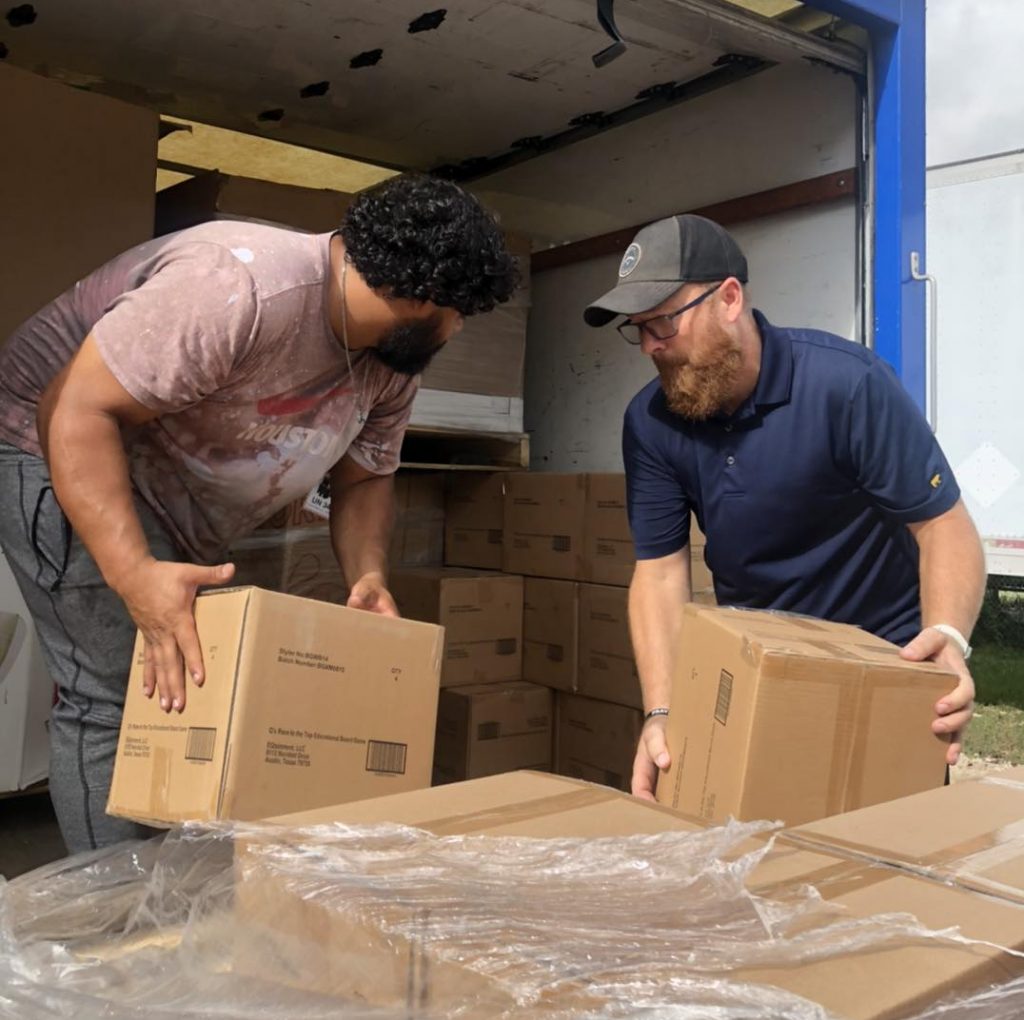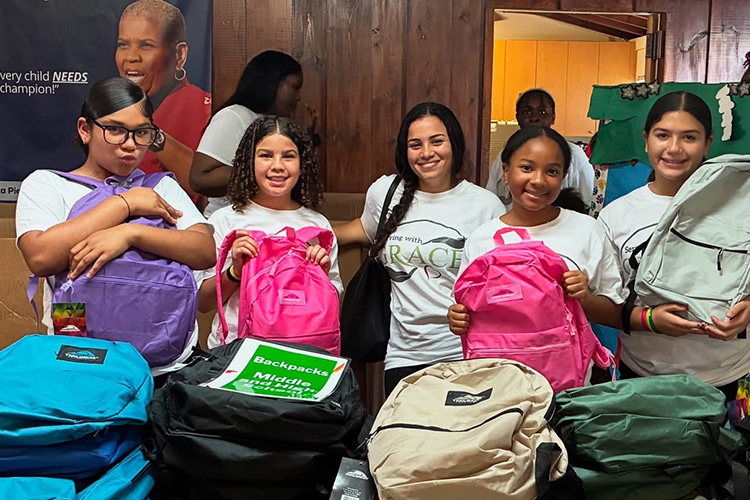Nonprofit organizations are finding it harder to recruit volunteers—at the same time that demands on their services are greater than ever.
Nearly half of nonprofit leaders (46.8%) say that volunteer recruitment is a “big problem,” according to a recent survey of 1,200 nonprofit chief executives. This comes as NGOs are struggling with higher workloads, tighter budgets, and a drop in volunteer activity. Nearly 70% of organizations report that they were still seeing fewer volunteers than normal as a result of the pandemic.
So what can nonprofits do to counter these trends? Amp up their recruiting efforts with compelling storytelling and be more strategic about using their impact stories to attract volunteers.
“You want your volunteers to come and feel like they are a big part of your organization’s story,” said Angela Mooney, chief administrative officer for Role Models of America, a Good360 Community Redistribution Partner. “If you can help them understand the why and the purpose behind what you do, then it’s easy to inspire volunteers to come help out.”
In honor of National Volunteer Month, here are our best tips for making the most of your volunteer-oriented stories:
Create a streamlined process for collecting stories:
If you want to generate better impact stories or testimonials from volunteers, the first step is to create a process that makes it easy for them to contribute. You don’t need any fancy software or tools to do this. A Google Form is a great option here.
The crucial element is to have a set of questions that will draw meaningful responses, such as:
- What is it about our mission that inspired you to volunteer?
- Do you have a personal connection to our organization or cause?
- Was there a particular moment that compelled you to volunteer for us?
- What’s been your most memorable experience with us so far?
- How would you describe our mission to a friend?
Another critical component is asking for several high-quality, high resolution photos. For Instagram, the ideal aspect ratio and resolution is 1080 by 1080 pixels.
The final step is to pull together a succinct story. You don’t need to include every detail; just the ones that add to the narrative in a logical, but compelling way. Focus on emotional moments that reveal something about your volunteer or your organization. Remember, the purpose is to convince potential volunteers to buy into your mission. The key is to have these stories, which are really testimonials, are authentic and heartfelt. In many ways, these stories are about the people you serve. When volunteers recognize that they’re a crucial part of the engine that makes that impact possible, they’ll jump at the chance to be involved.
Consider the volunteer’s journey
As you’re interviewing volunteers and putting together impact stories, remember that it’s not just your organization that benefits from volunteerism—your volunteers should be getting a lot out of it too! Tease out these stories by focusing on questions like:
- How has volunteering with us changed you?
- How has volunteering affected you personally?
- How has it changed your community?
- What led you to start volunteering with us?
- What was the most meaningful interaction you had while volunteering?

More than anything, your potential volunteers will be motivated by the opportunity to have meaningful, transformative personal experiences with your organization and the community you’re helping.
“Everyone wants to be noticed and seen,” Mooney said. “They want to know that they can make a difference.”
Highlight different ways to contribute as a volunteer
Not every volunteer story should involve a super involved supporter who has worked with your organization for 20 years. You want to highlight different levels of commitment to give would-be volunteers as many options to be involved as possible. Illustrating how volunteers can make a difference even without a significant time commitment is a good idea.
Also consider highlighting skills-based volunteering so you can attract people with specialized experience that might be helpful to your organization. These skills include graphic design, marketing, accounting, project management and web design.
For example, Role Models of America is 100% run by volunteers. But not everyone can do the work of unloading and sorting donated products in the warehouse that the nonprofit operates.
“We have elderly ladies who can’t unload a pallet, but they can sure post something on Facebook or reach out to a nonprofit to organize a pickup,” Mooney said.
Inspiring examples of volunteer stories
These story-driven examples from nonprofit organizations should inspired you to get started:
For maximum impact, your volunteer stories should be part of an overall strategy to reinforce your mission, vision and values through good storytelling. It starts with creating a culture of storytelling throughout your organization.
If you have stories about the incredible work your volunteers are going, please tell us about them here.
Humans are hard-wired to respond to stories. So go out there and inspire your next volunteers to become your biggest supporters.








